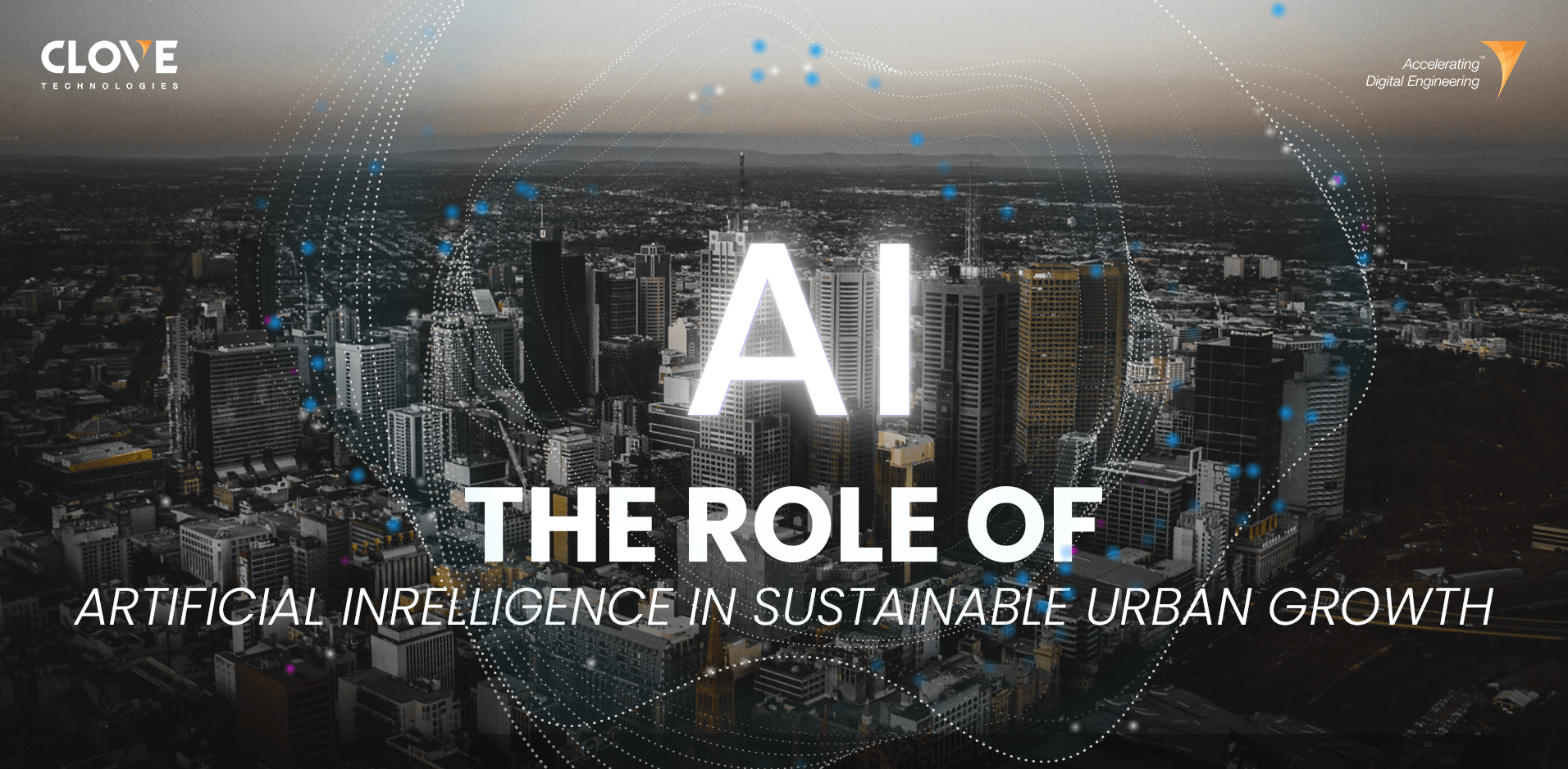
In an era where cities are growing faster than ever, the challenge isn’t just about expansion it’s about smart and sustainable growth. By 2050, it’s estimated that nearly 70% of the world’s population will live in urban areas. That means more cars, more buildings, more energy use, and inevitably, more strain on infrastructure and the environment. Enter Artificial Intelligence (AI): a game changing tool that’s helping cities across the U.S. and the world grow smarter, greener, and more efficiently.
Sustainable urban growth isn’t just about building more it’s about building better. It’s about creating cities that balance the needs of people, the economy, and the environment. That means reducing pollution, managing traffic, improving housing, and using energy more efficiently all while improving quality of life for everyone.
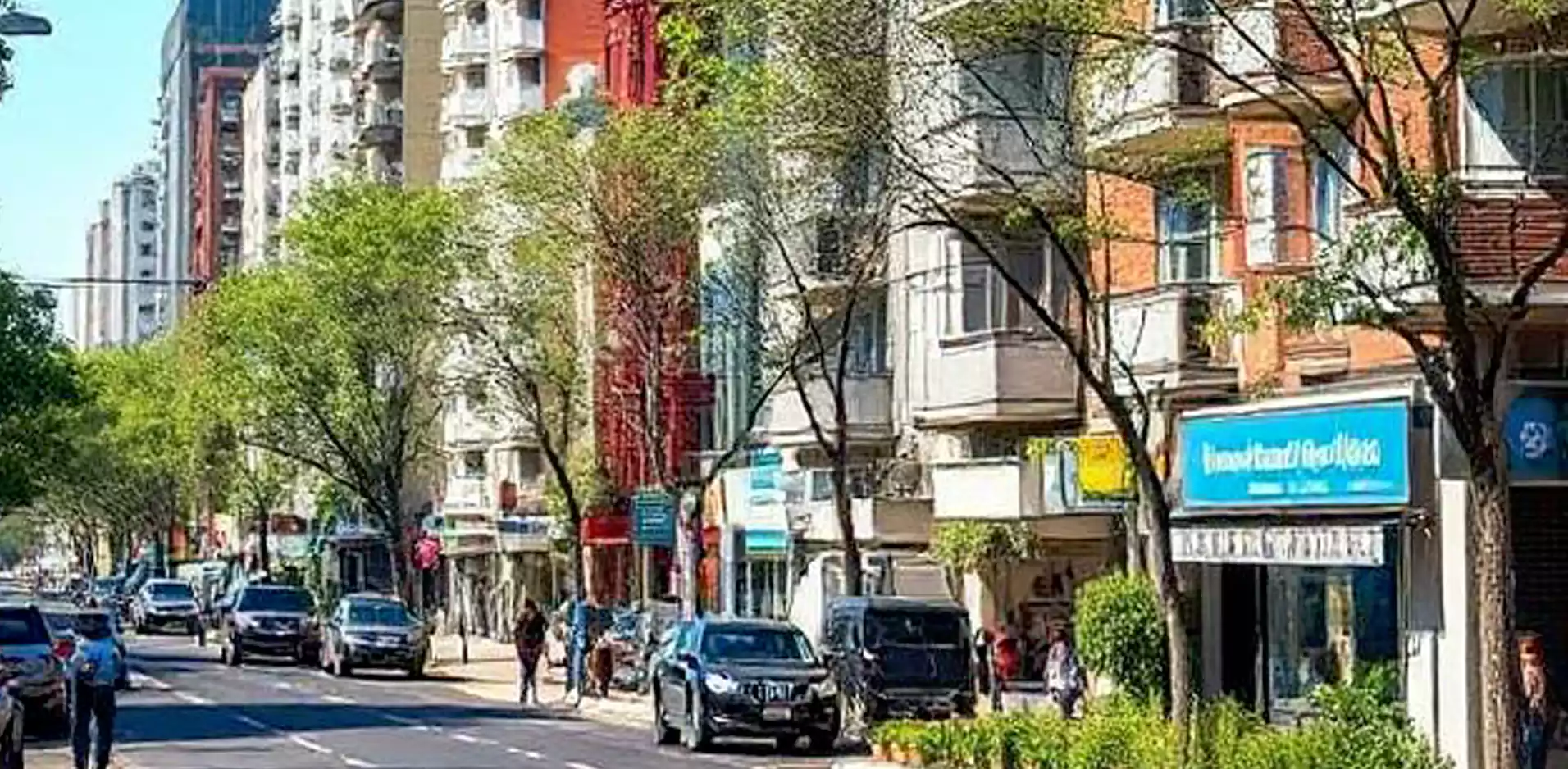
AI is already transforming how cities plan, build, and operate. Think of it as the brain behind the smart city movement. It takes massive amounts of data like traffic flow, energy usage, weather patterns, and population density and turns it into useful insights. Here’s how it’s driving sustainable urban growth in real ways:
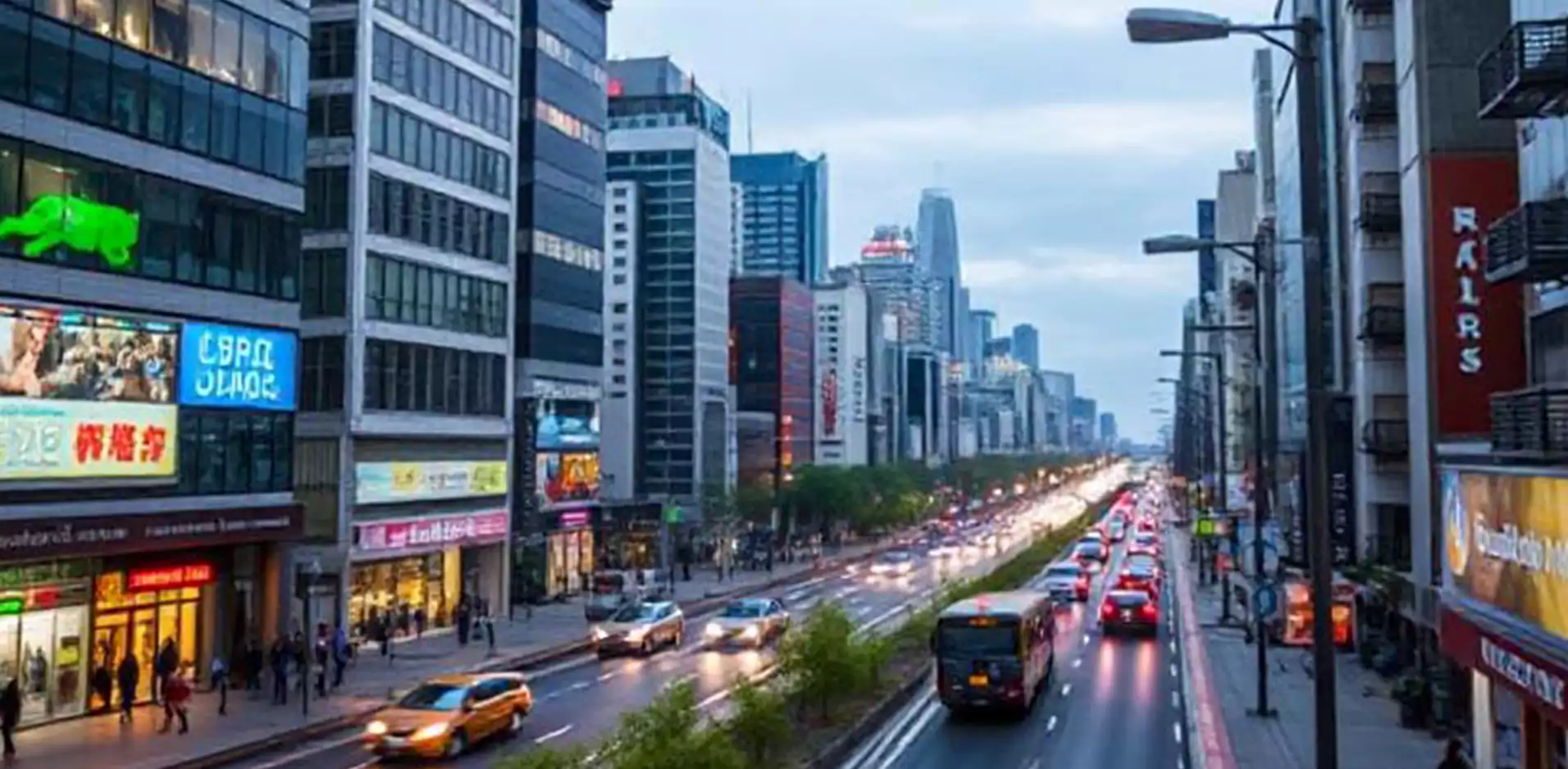
Traffic congestion isn’t just frustrating it’s a huge contributor to carbon emissions. AI powered traffic management systems are helping cities like Los Angeles and Seattle reduce gridlock. By analyzing real time traffic data, AI can adjust traffic lights, suggest alternate routes, and even help public transport systems run more smoothly.
Self-driving cars are also part of the picture. While still in development, autonomous vehicles promise to reduce accidents, cut emissions, and make commuting more efficient by communicating with each other and the road infrastructure.

Buildings account for nearly 40% of total energy use in the U.S. AI helps make buildings smarter and more energy efficient. Through smart sensors and automation systems, AI can adjust heating, cooling, and lighting based on occupancy and weather. Companies like Google are already using AI to cut energy use in their data centers, saving millions of dollars and reducing their carbon footprint.
Cities are also using AI to manage energy grids more efficiently. With the rise of renewable energy like solar and wind which can be unpredictable AI helps balance supply and demand in real time.
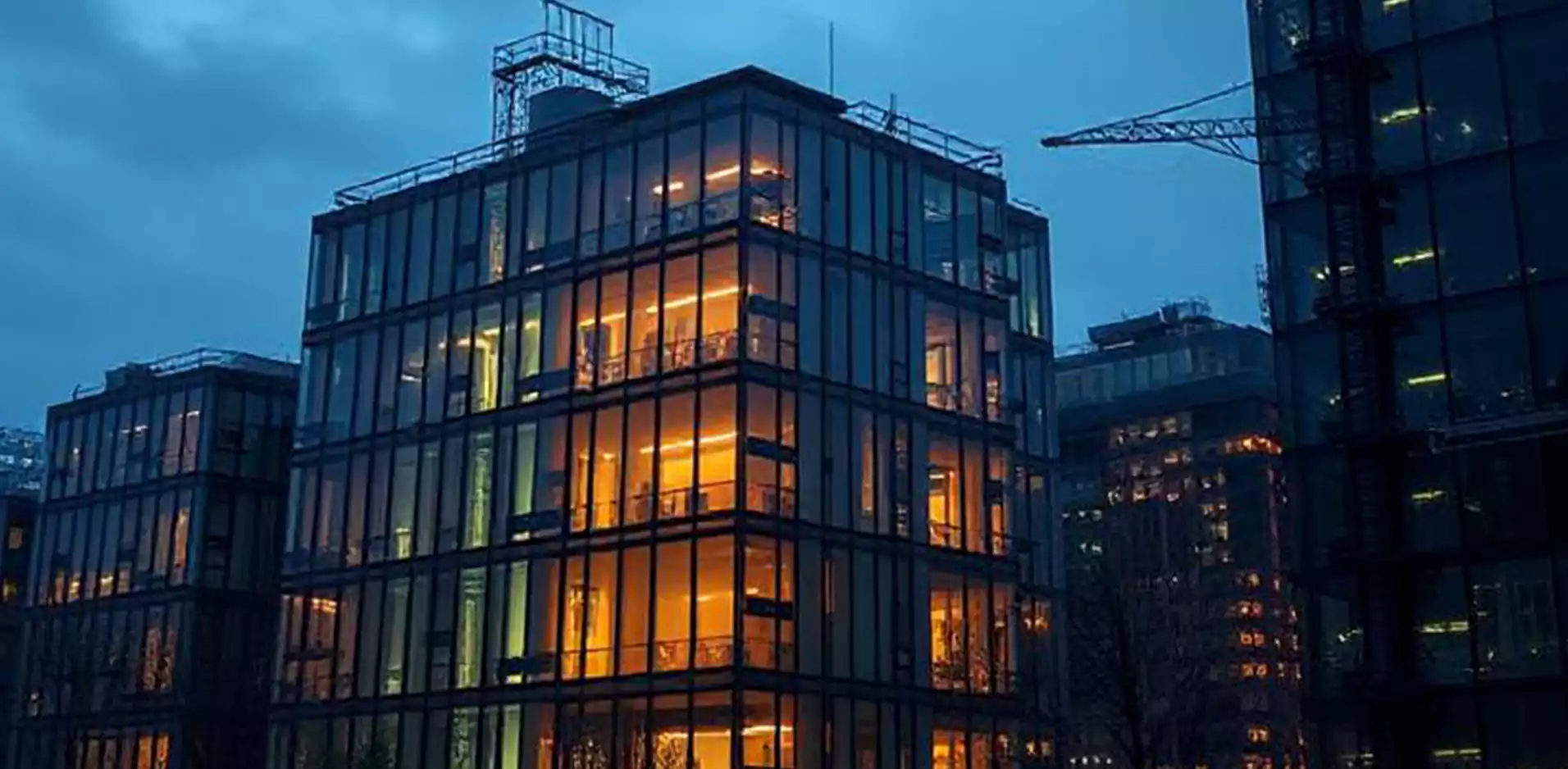
Urban planners have always faced the difficult task of predicting how people will live, move, and interact in growing cities. Now, AI is helping them do this with far greater accuracy. Using predictive analytics, AI can model how a new apartment complex or transit line will impact a neighborhood years down the line. It can factor in everything from traffic patterns to air quality to green space availability.
This kind of planning leads to more walkable neighborhoods, better public transit options, and smarter zoning decisions that reduce urban sprawl.

Waste and water systems are often overlooked but are critical to sustainability. AI powered sensors in smart trash bins can tell city workers exactly when they need to be emptied saving fuel and reducing overflow. In San Diego, AI is being used to detect water leaks in real time, which helps conserve water in a region often hit by drought.
These systems can also help cities meet sustainability targets by providing real-time data on recycling rates, landfill usage, and water consumption.
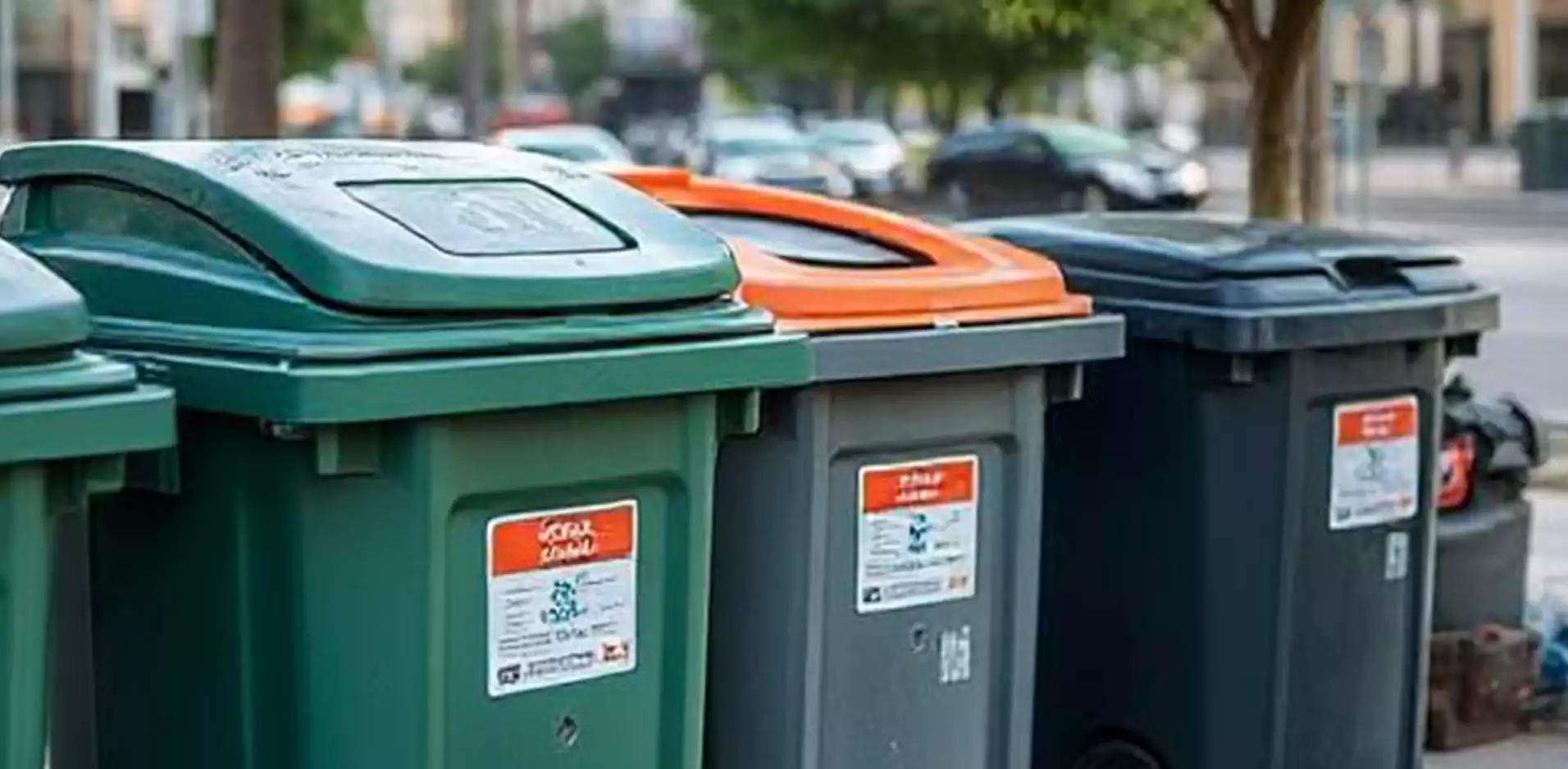
AI also plays a crucial role in making cities more resilient to climate-related challenges. From predicting flood zones to detecting wildfires, AI is helping emergency services respond faster and more effectively.
In Miami, for example, AI models are helping city officials prepare for rising sea levels and stronger hurricanes. These tools don’t just help in emergencies they also guide long-term policy decisions around building codes, zoning, and insurance.
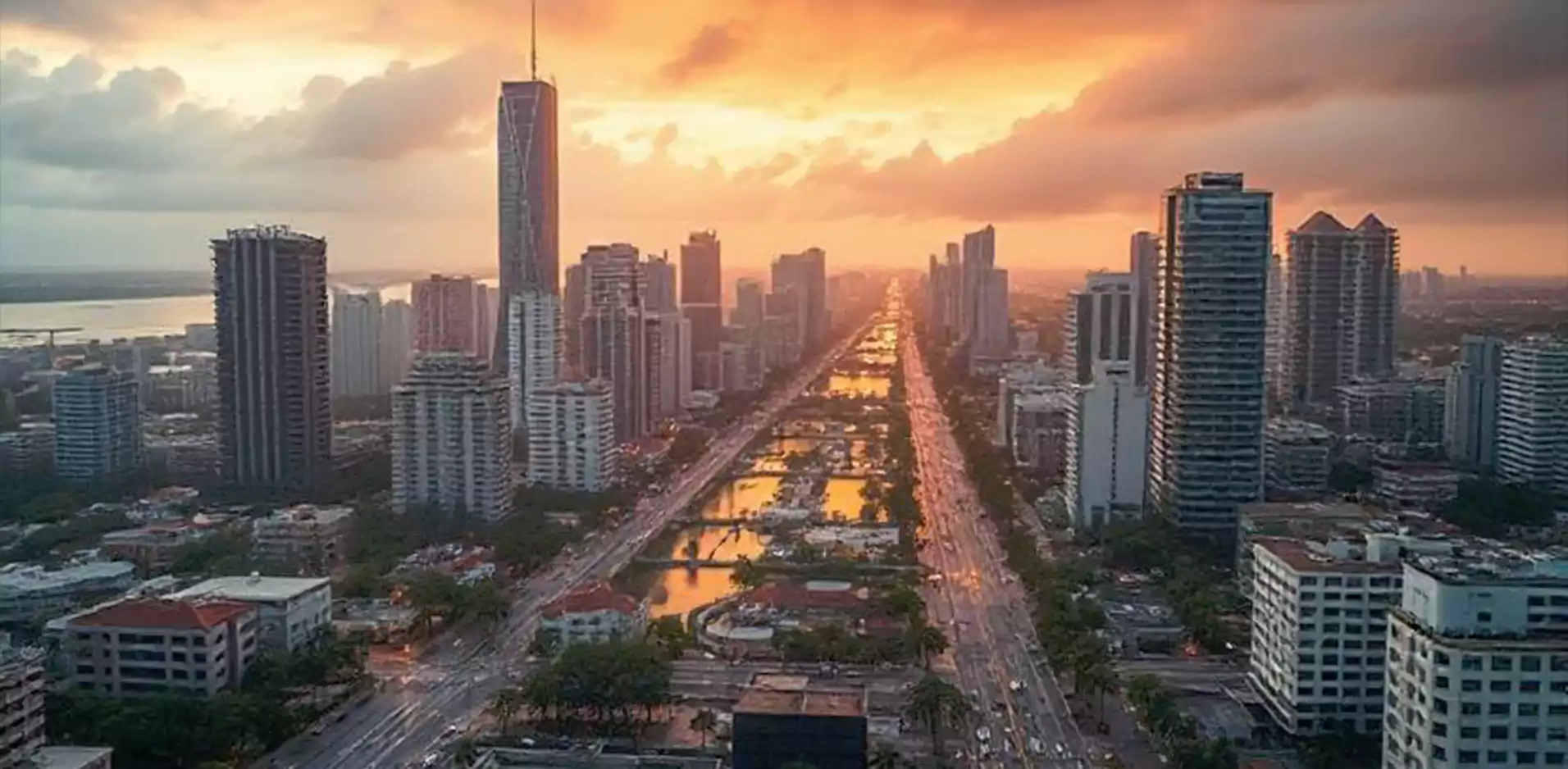
Of course, no technology is perfect. Using AI in city planning and sustainability efforts brings up questions around data privacy, ethics, and accessibility. Who owns the data collected by smart cities? How do we make sure these tools serve everyone, not just wealthier neighborhoods or tech-savvy residents?
It’s also important to remember that AI is a tool not a replacement for good governance or community input. Cities must ensure that human values, transparency, and inclusivity are built into every AI driven system.
Sustainable urban growth isn’t just an abstract concept it’s something we can build today. With the help of AI, cities can become more efficient, cleaner, and more livable for generations to come.
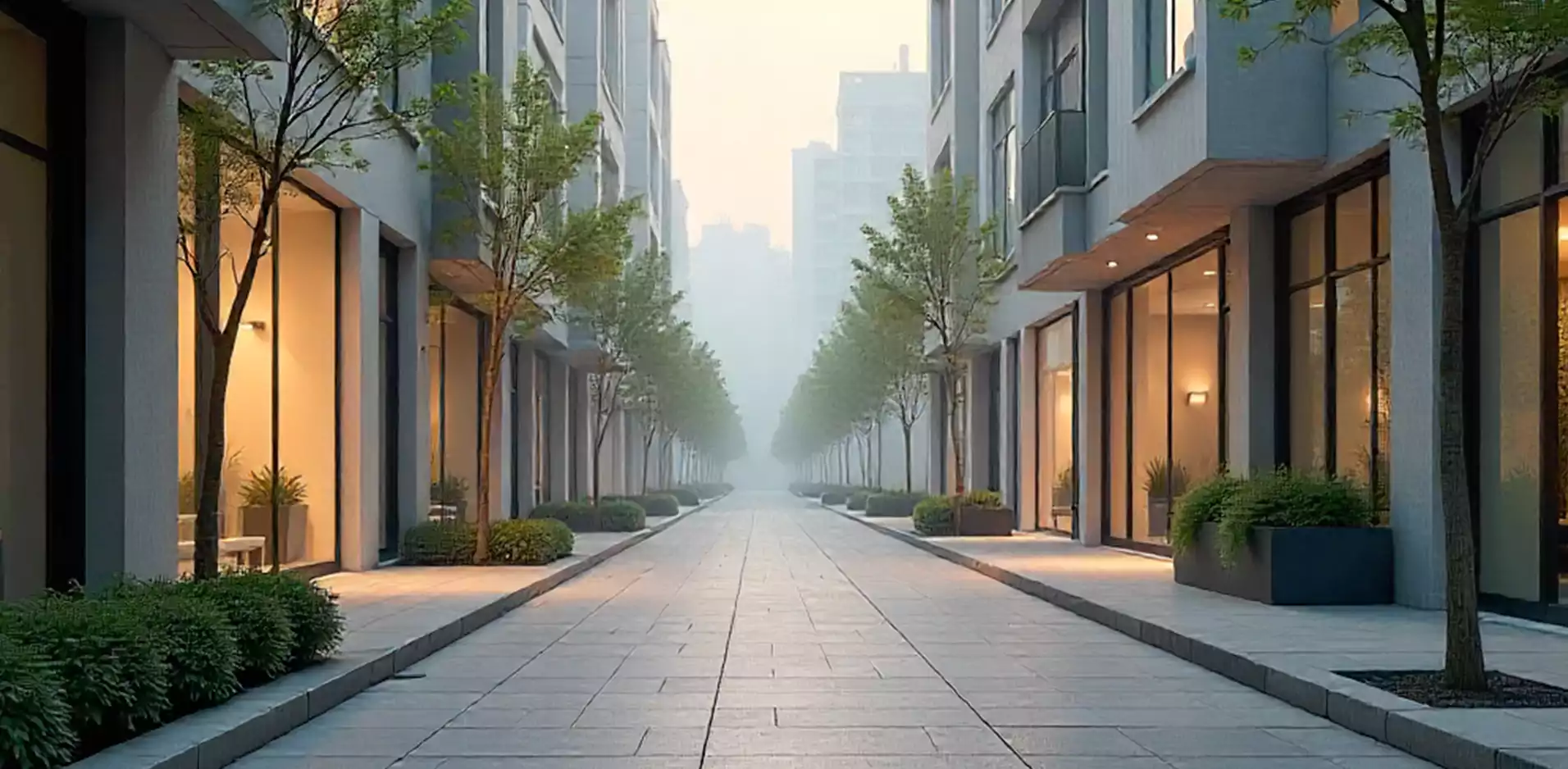
From smarter traffic lights to AI optimized buildings, we’re seeing a wave of innovation that’s already making a difference. But the key to success isn’t just in the technology it’s in how we choose to use it. Cities that embrace AI not as a gimmick but as a strategic tool for sustainability will lead the way into the future.
The smartest cities won’t just be filled with tech they’ll be places where innovation meets intention, where data meets design, and where growth meets responsibility. With AI on our side, sustainable urban development isn’t just a goal it’s a real and reachable future.
Discover more of our innovative blogs

LOD standards in BIM: What you need to know

See the sun differently – RoL by Clove Tech
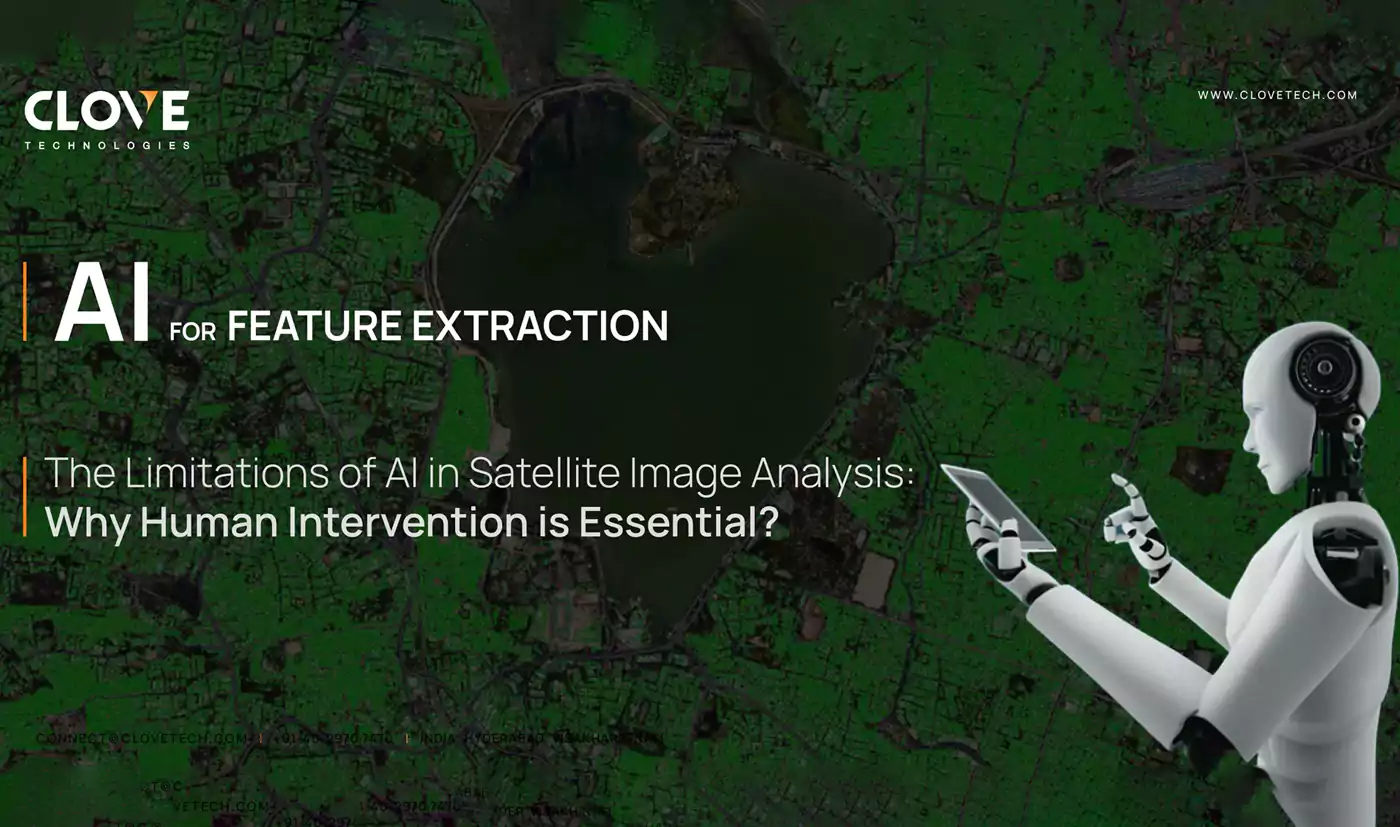
AI for feature engineering: How to extract meaningful data
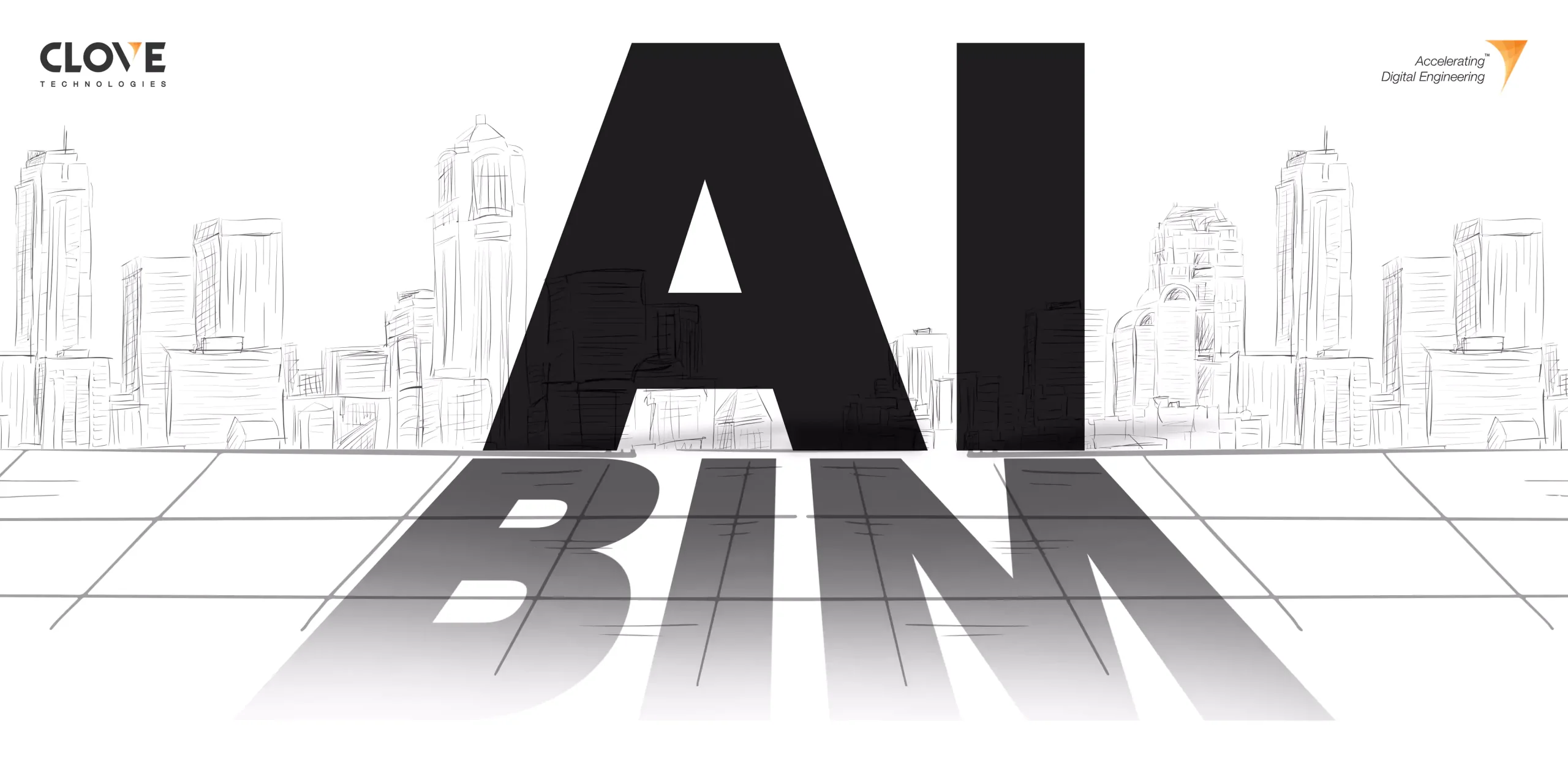
How Agentic AI Is Transforming BIM Workflows For Smarter Construction In 2025
Let's Talk
Let’s discuss your requirements and see how our expertise can help on your next project.